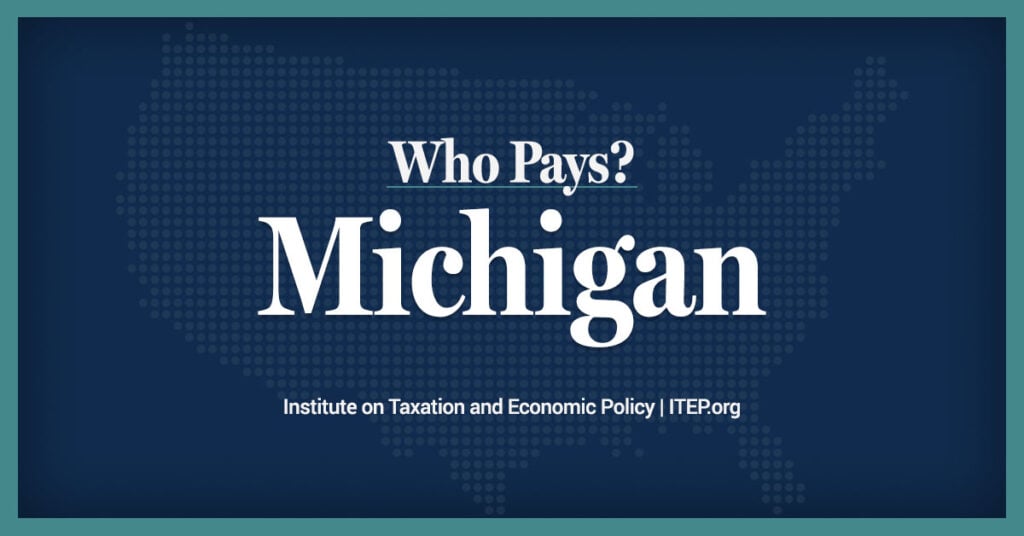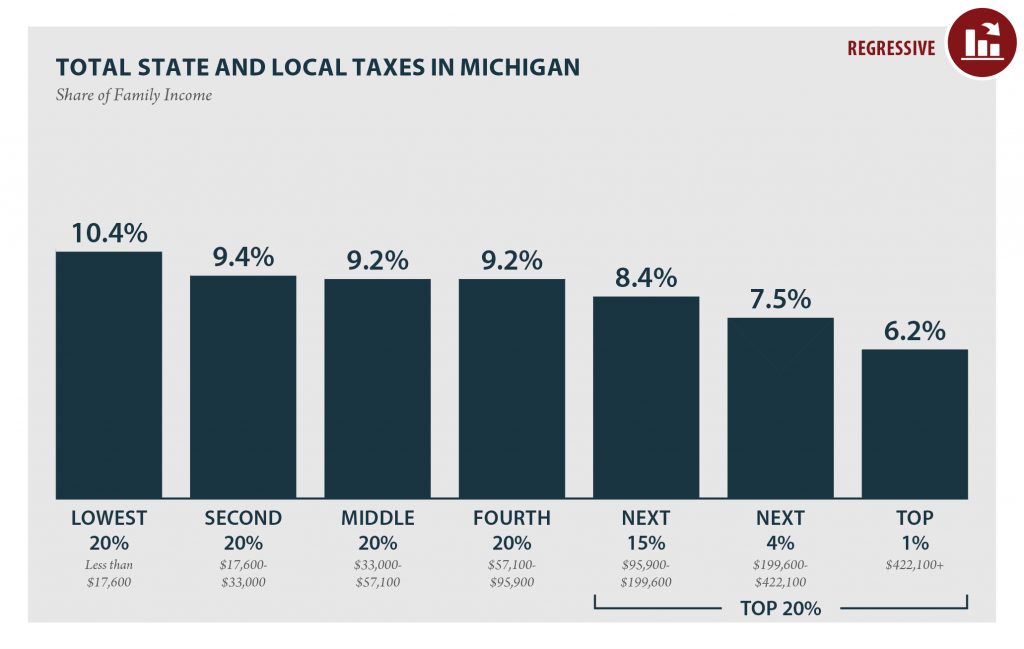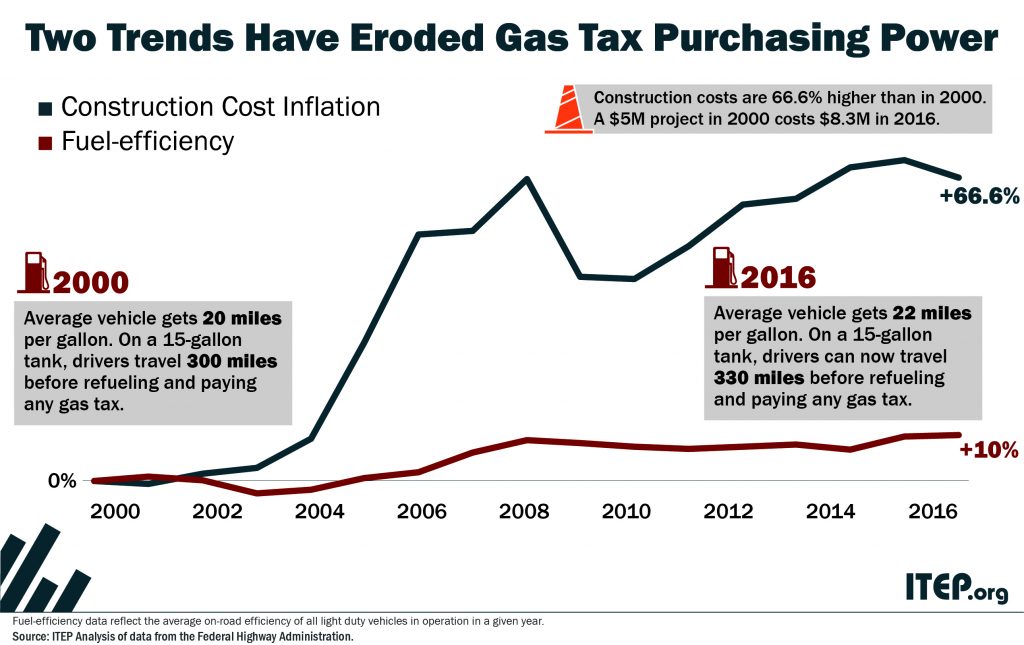February 14th, 2014 By German Lopez | News | Posted In: News, Economy, Governor
Proposal would let poor buy a slice of pizza, while top 1 percent could buy a trip to Italy
Gov. John Kasich’s income tax proposal would disproportionately favor Ohio’s wealthiest, an analysis from Policy Matters Ohio and the Institute on Taxation and Economic Policy found.
Specifically, the proposal would on average cut taxes by $2 for the bottom 20 percent of Ohioans, $48 for the middle 20 percent and $2,515 for the top 1 percent.
The proposal “may allow low-income Ohioans to buy a slice of pizza a year, on average,” Policy Matters claims. “Middle-income Ohioans could purchase a cheap pizza maker. For the state’s most affluent taxpayers, on average it would cover round-trip airfare for two to Italy, with some money left over to pay the hotel bill and buy some real Italian pizza.”
Under the model, Kasich’s proposal would cut Ohio’s income tax rates across the board by 7 percent. The goal is to bring Ohio’s top tax rate, which kicks in only for income above $208,500, under 5 percent, as the governor previously proposed.
Although a plurality of Americans oppose tax cuts for the wealthy, Kasich and other Republicans consistently push the tax cuts to help what they call “job creators.” In the most recent state budget, Kasich and Republican legislators approved another series of across-the-board tax cuts that disproportionately benefited the state’s wealthiest.
In the aftermath, economic indicators from conservative, liberal and nonpartisan analysts show Ohio’s economy is consistently among the worst performers in the country.
The story is typical for Ohio: In 2005, the state cut income taxes across the board by 21 percent.
Since then, Policy Matters found Ohio to be one of just a dozen states that actually lost jobs.
Other research backs up Policy Matters’ findings. In a report analyzing tax cuts for the nation’s wealthiest, the Congressional Research Service (CRS) found tax cuts for the wealthy aren’t correlated with increased economic growth.
“There is not conclusive evidence, however, to substantiate a clear relationship between the 65-year steady reduction in the top tax rates and economic growth. Analysis of such data suggests the reduction in the top tax rates have had little association with saving, investment, or productivity growth,” CRS concluded. “However, the top tax rate reductions appear to be associated with the increasing concentration of income at the top of the income distribution.”
Meanwhile, Cincinnati’s poorest continue to struggle in a vicious cycle of poverty that consumes about 34 percent of the city’s population and more than half of the city’s children. CityBeat covered poverty and its effects on Cincinnati in greater detail here.





